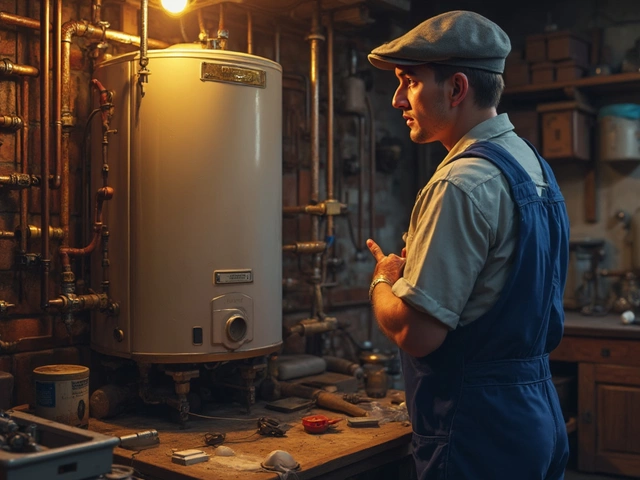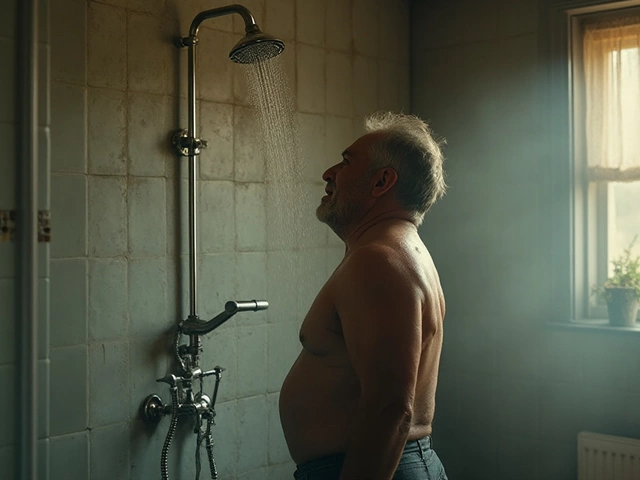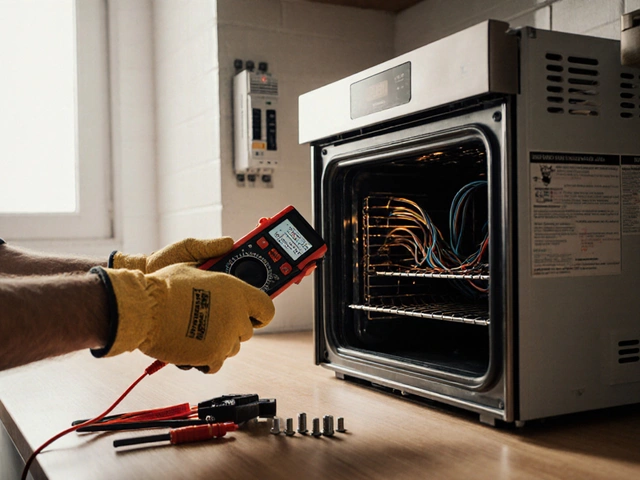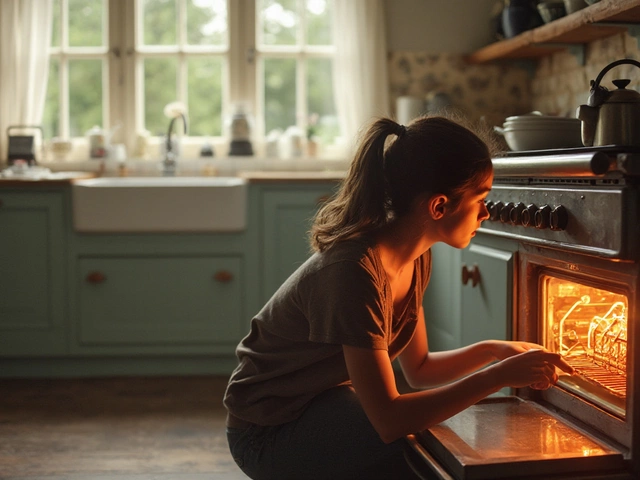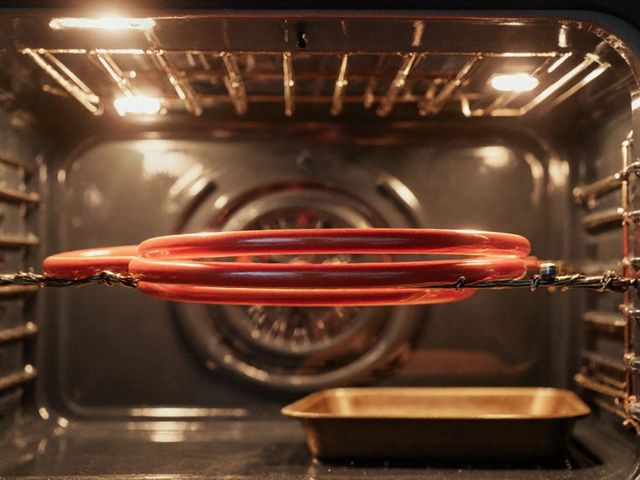For many homeowners, the thought of replacing a boiler conjures images of chaos – dust everywhere, loud noises, piles of old piping, and confusion. While it’s true that such an undertaking is significant, it doesn’t have to be a nightmare. A little foresight and intelligent preparation can transform an intimidating project into a manageable task.
Boilers play a vital role, especially as chilly winds start to whistle through the streets in October. Knowing what to expect when replacing one is crucial. From the old unit's disassembly to the shiny new one’s installation, there are several steps in the process. Each of these can be handled in a way that keeps your home tidy and your mind at ease.
Whether you're going it alone or calling in a professional, understanding the intricacies of boiler replacement can make all the difference. Here’s what you need to ensure that your boiler replacement journey is as smooth and mess-free as possible.
- Understanding Boiler Replacement
- Preparation and Planning
- Minimizing Mess During Installation
- Aftercare and Cleaning Tips
Understanding Boiler Replacement
When it comes to boiler replacement, knowledge is your trusty companion. By diving into the nuts and bolts of how it works, you can demystify the process and make informed decisions. A boiler, as it turns out, is more than just a hidden lump of metal in a cupboard or basement. It’s the heart of your home’s heating system, transforming cold water into delightful warmth. Over time, as with any diligent worker, a boiler can wear out. Efficiency dwindles, repairs grow frequent, and the once roaring piece of craftsmanship becomes a grumbling metal box teetering on the brink of old age.
The first step in replacing your boiler is recognizing when the time has come for a change. Signs that your boiler may need to be replaced include unusual noises, rising energy bills, frequent breakdowns, or that it simply can’t keep up with the demand on colder days. Newer models offer greater energy efficiency, providing not just warmth but also reducing those pesky energy bills. In fact, according to the Energy Saving Trust, modern condensing boilers can achieve efficiency levels as high as 95%, which means less fuel is converted to waste and more is used to heat your home effectively.
Next, consider the type of boiler that best suits your needs. While the selection can be overwhelming at first, there are generally three main types: combi, system, and regular boilers. Each type meets different needs and comes with its own set of pros and cons. Combi boilers provide hot water on demand without the need for a storage tank, making them perfect for smaller homes. On the other hand, system boilers require a cylinder for storing hot water but no tank, and are suited for households with higher hot water consumption. Regular, or conventional, boilers might be deemed old-fashioned yet remain indispensable for larger homes with multiple bathrooms. Choosing the right one depends on your household's particular demands.
Consultation and Selection
Before leaping into purchasing a new boiler, it’s wise to have a consultation with a trusted heating engineer. This professional will not only guide you through the maze of models and specifications but will also provide insight into the practicalities of installation. Especially when it comes to ensuring the *mess-free renovation* we all daydream about. Depending on your home’s layout, pipework, and existing systems, the engineer can advise on the most efficient and appropriate setup, keeping disruption to a minimum. A reputable quote stating, "Choosing the right boiler isn't just about the product; it's about the expertise behind it," drives home the importance of having professional advice involved.
Finally, as with any home improvement task, replacement is not without its costs. It’s a financial commitment, sure, but a necessary investment as today’s energy-efficient models can save significantly on bills over time. The lifespan of a modern boiler, when well-maintained, can stretch to over 15 years. A small step in planning today is a giant leap into warmth and efficiency in the years to come. To ensure you stay on budget, compare different quotes and financing options which may also include installation costs and warranty services.
"A boiler replacement is more than a quick fix; it's a step toward a more sustainable future," echoes renowned HVAC consultant, John Mayfield, highlighting the enduring value of this investment for both comfort and cost-efficiency.

Preparation and Planning
Embarking on the journey of boiler replacement necessitates a comprehensive plan that accommodates your home’s unique needs and minimizes disruption. The first step is evaluating your current system. Understanding its limitations and determining what you hope to achieve with a new system is key. It might be increased efficiency, lower energy bills, or simply a more reliable source of warmth. By setting clear goals, you pave the way for a more focused approach.
Next is budgeting. A common pitfall is underestimating the costs involved, which go beyond merely the price of the unit. Installation fees, potential modifications to existing plumbing, or adjustments to your home’s configuration should all be considered. Try engaging with multiple professionals to get quotes, assess their suggestions, and find a solution that suits both your requirements and your budget. This process also introduces you to various boiler types, each with its unique pros and cons. Knowing the difference between, say, a combi boiler and a regular one, can steer you towards a smarter choice.
Consider the timing of your project. Replacing a boiler during the colder months can be more pressing but also more inconvenient. Sometimes, scheduling it in early autumn when temperatures are milder can offer a more comfortable margin, just before the heating season kicks off. At this point, ensure that permits or regulatory requirements are fulfilled. Contacting local authorities for guidelines can prevent unpleasant surprises down the line and keep you within legal boundaries. Preparing your home for the big switch not only involves practical steps but also emotional readiness, especially when dealing with spaces like basements or utility rooms that serve dual purposes.
Clearing the area around your old boiler is critical. Remove any obstructions or valuables that might be affected during the swap. If necessary, lay down protective coverings to guard your floors and walls against dust, debris, or accidental damage. It’s a smart idea to brief your family members about what to expect on the installation day, particularly in maintaining clear access routes for the technicians. Unwanted surprises on the day can increase stress levels, leading to mishaps that could have been avoided.
As famed architect Frank Lloyd Wright once said,
"The thing always happens that you really believe in; and the belief in a thing makes it happen."This sentiment applies equally to boiler replacement. A well-crafted belief in a smooth process translates through preparation to your ultimate success. Having a structured checklist can also work wonders. Items like ensuring power and water are accessible, pets are safely away from the working path, and post-installation provisions like disposal of the old unit are already sorted out. All these factors collectively ensure a positive outcome where eagerness and organization meet seamlessly.
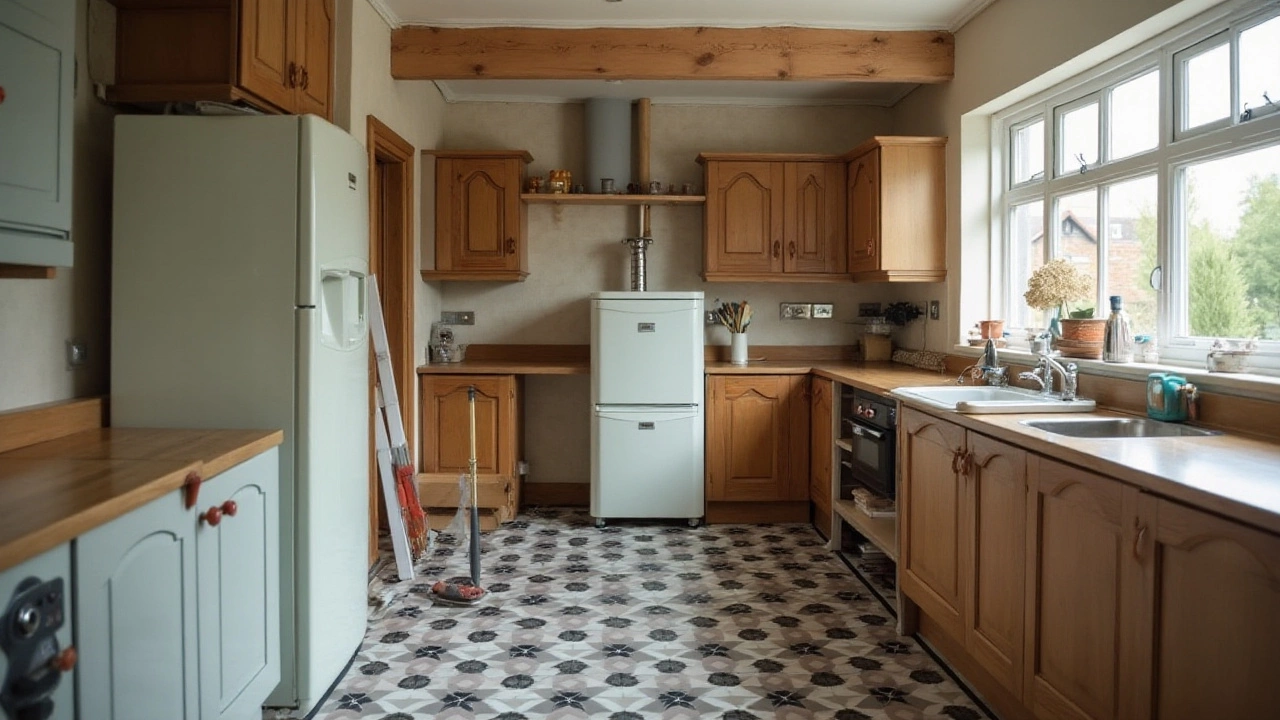
Minimizing Mess During Installation
The anticipation of a new boiler replacement often comes with a cloud of concern about the ensuing mess. Yet, with some thoughtful steps, homeowners can reduce the clutter and chaos. An essential first step is properly preparing the installation area to keep dirt and debris contained. Start by covering the floors with durable drop cloths or plastic sheeting, robust enough to handle foot traffic yet easy to remove. This creates a protective barrier between any intrusive dust and your flooring.
Communication with the installation team is key. Laying out your expectations for cleanliness in advance helps ensure that everyone is on the same page. Many professionals are willing to bring and use coverings for furniture and cleaning supplies if they know it's a priority for their clients. Confirming such details before the work begins sets a tone of mutual respect and cooperation.
A systematic ordering of the work can also significantly minimize the mess. Asking the technicians to dismantle and remove the old boiler's components first clears the workspace efficiently. Then, the installation of the new unit can proceed smoothly without unnecessary clutter. By organizing tasks in a methodical manner, the chaos usually associated with home heating jobs can be kept under control.
"Effective planning and communication serve as the best tools for a cleaner installation," says industry expert Mark Benson, a leading figure in sustainable home systems.
One cannot overlook the significance of ensuring proper ventilation during installation. Many homeowners don't consider it, but a well-aired space can greatly diminish the accumulation of dust, offering a fresher environment to work in, both for the crew and the residents. Open windows if the weather permits, or utilize fan systems to maintain a clean air flow throughout.
Some installers might present the option of using vacuum systems equipped with HEPA filters directly at the source of dust creation. If such a service is available, it is worthwhile as it captures fine particles before they even settle in your home. Often, a little investment in these smarter, cleaner methods can save hours of post-job cleaning.
A concerted effort in being mindful and organized can transform the experience of replacing a boiler. By focusing on these manageable steps, you can relish the new phase of warmth that your updated home heating system will bring, without being haunted by dust-covered furniture and grimy floors.

Aftercare and Cleaning Tips
After the whirlwind of activity that comes with a boiler replacement, you might find that you're left with more than just a shiny new heating system; there's also the aftermath to handle. One of the first orders of business should be ensuring that your home returns to the sanctuary it once was before technicians trampled through with tools in tow. It's important to start with a thorough inspection of the work area, identifying any materials or debris that may have been left behind. You don’t want to stumble across rogue screws or stray pieces of ceiling insulation down the road.
Next, pay attention to the spaces that surround the boiler installation. Dust tends to migrate and settle elsewhere, so wiping down surfaces well beyond the immediate vicinity of the work can rid your abode of any remnants that linger. It’s prudent here to use a damp cloth for best results, as it traps dust rather than stirring it back into the air. Don’t forget to vacuum carefully if your boiler lives in a room with carpeting; going over the area more than once can ensure a comprehensive clean.
"Cleaning and maintenance should be a conscientious part of homeownership, not just to maintain comfort but to preserve investment," shared a renowned home repair expert.
Besides physical cleaning, remember to check on the stability of your newly installed unit. Performing checks soon after installation ensures everything is in working order and no unexpected leaks have sprung. It's vital to examine connections and valves to catch any small issues early. A quick inspection can prevent potential damage and discomfort when the cold really sets in.
If you're not comfortable doing this yourself, consider scheduling a follow-up with your installer. They can offer specific guidance on maintaining a healthy boiler. Follow their advice and keep a record of any maintenance performed, as this can be important for warranties or future repairs. A table or chart can help track this easily:
| Date | Maintenance Performed | Notes |
|---|---|---|
| October 2024 | Initial Post-Installation Check | All connections secure |
Lastly, paying attention to your boiler room’s ambient temperature and venting status is crucial. Proper ventilation prevents moisture buildup and ensures your new home heating system operates efficiently. Clear any obstructions from vents and ensure the space's temperature does not fluctuate wildly, as excessively cold conditions can stress the institution. With these practices, you will not only preserve your new boiler but also enjoy a consistently cozy home all winter long.



